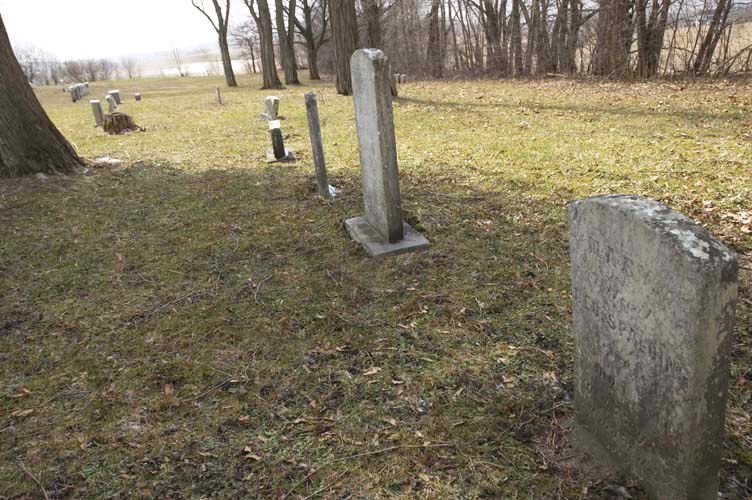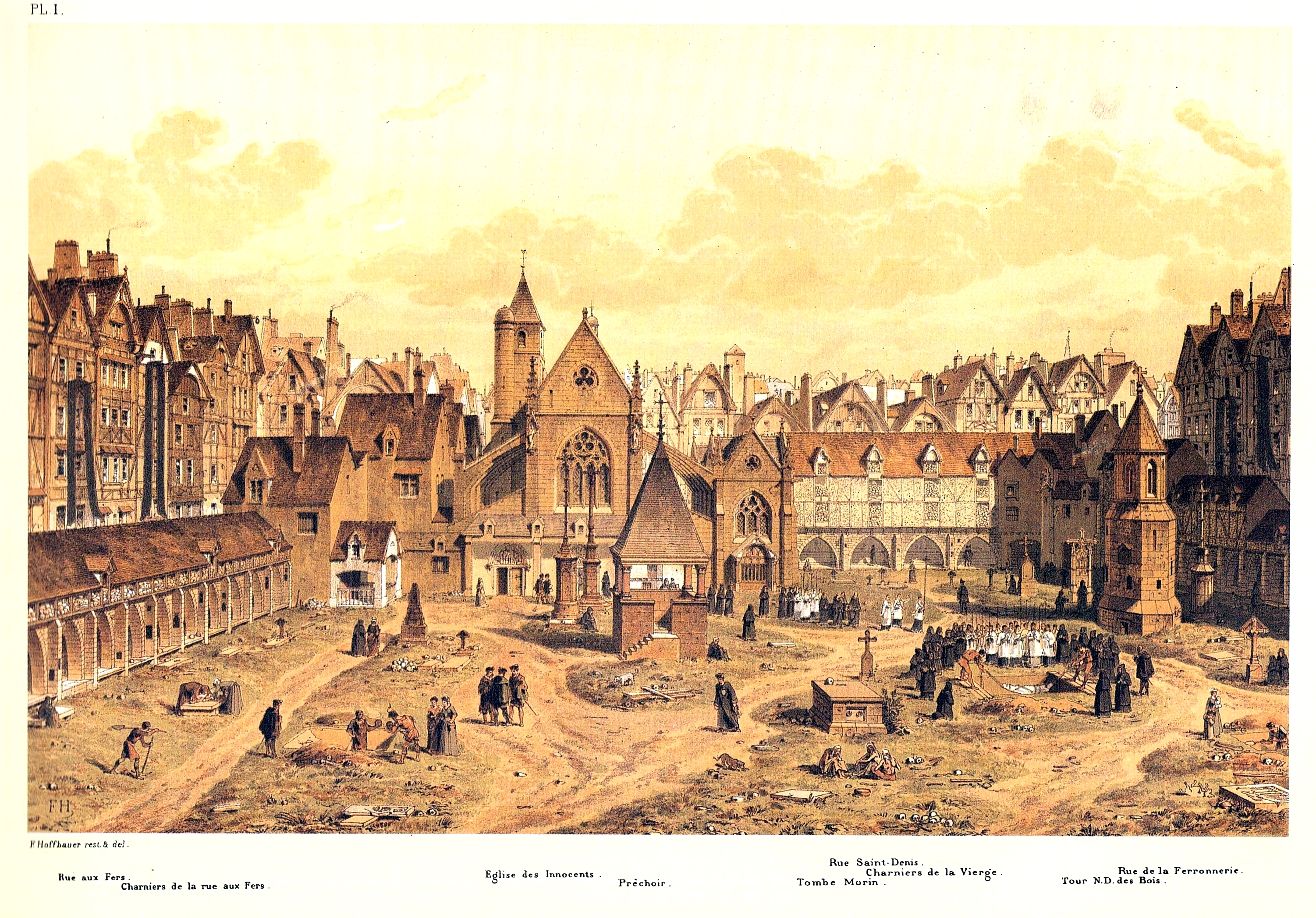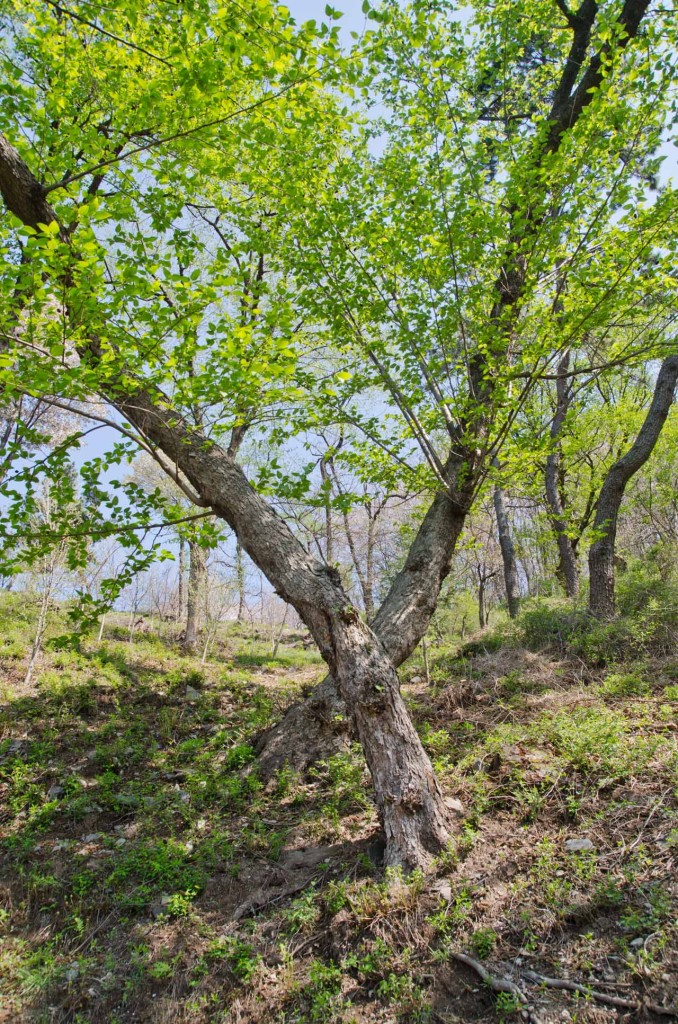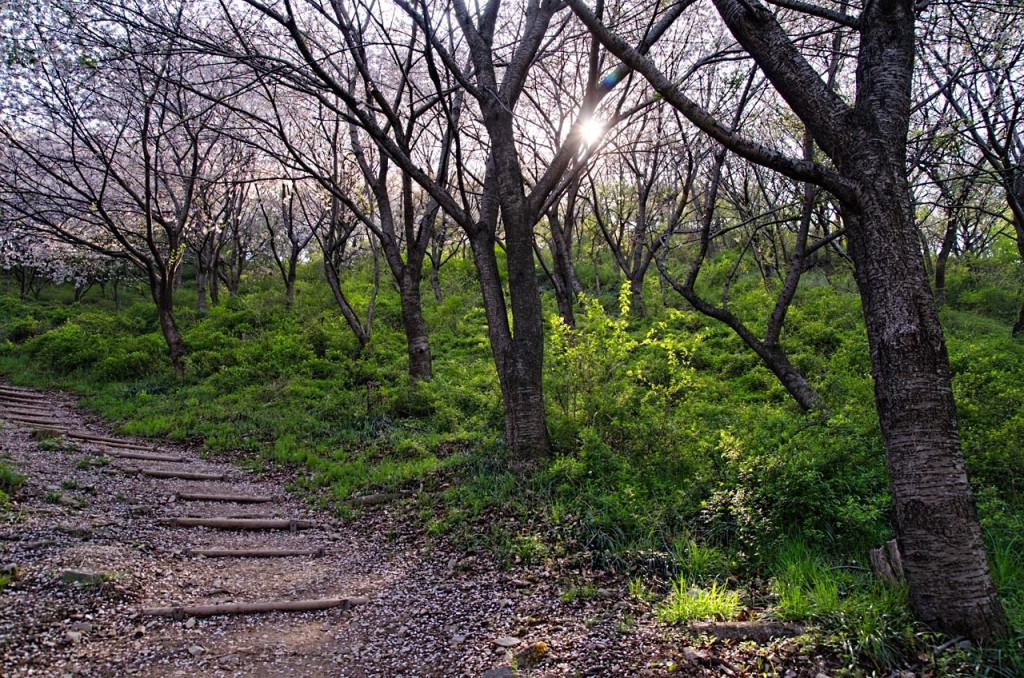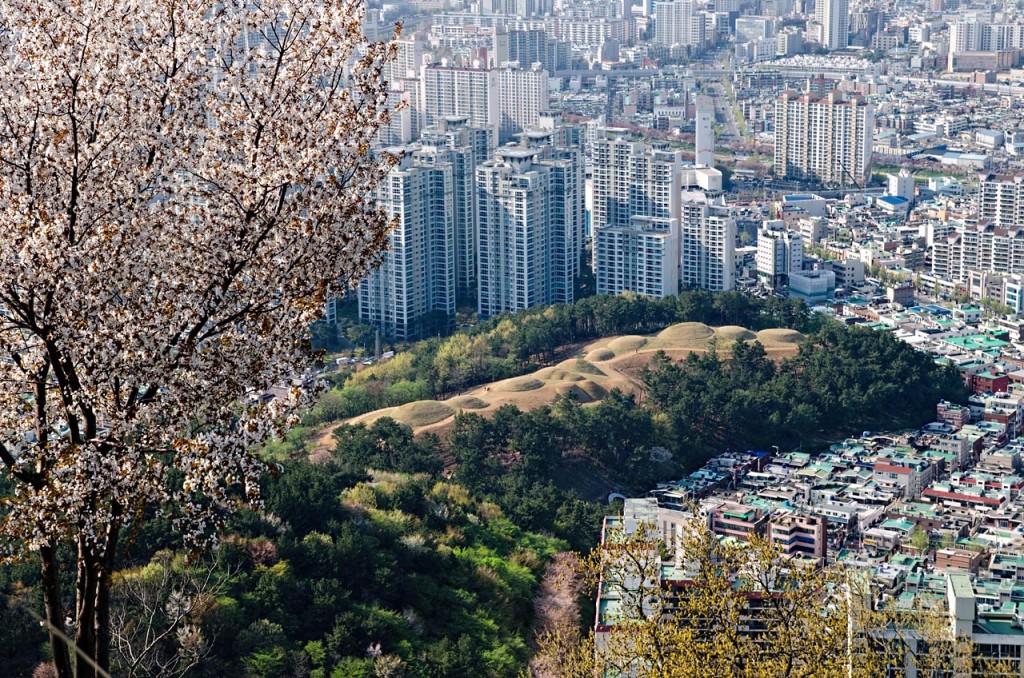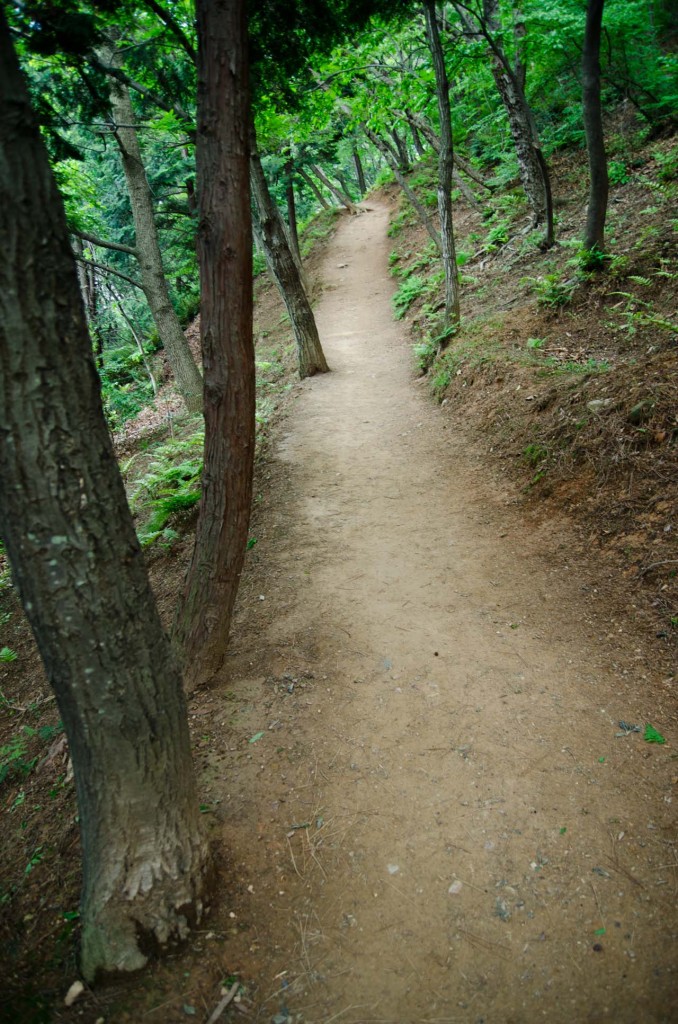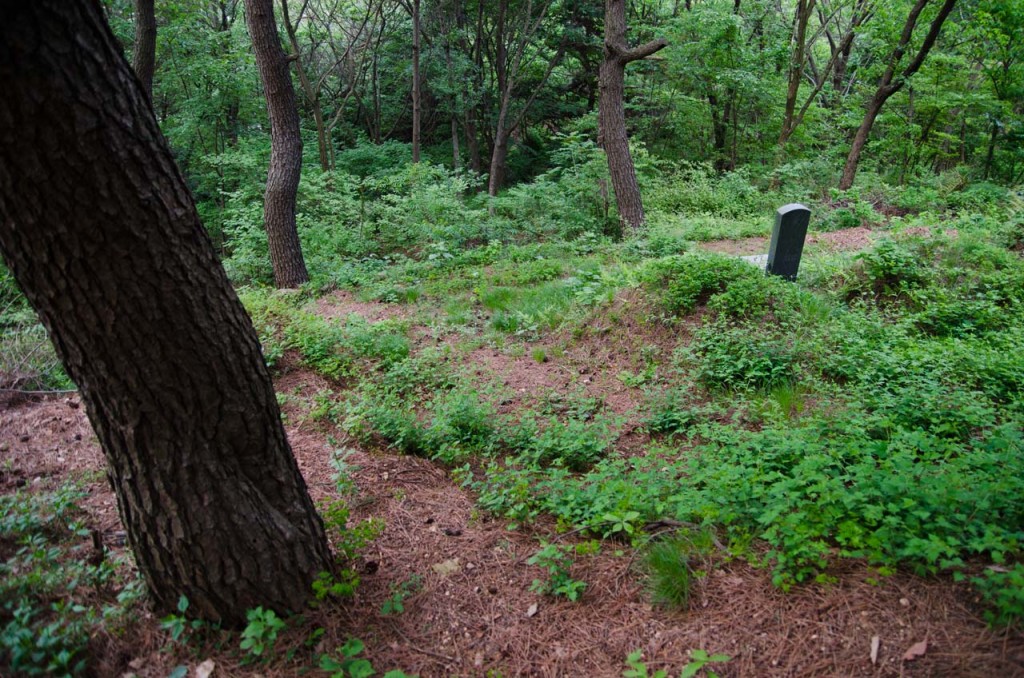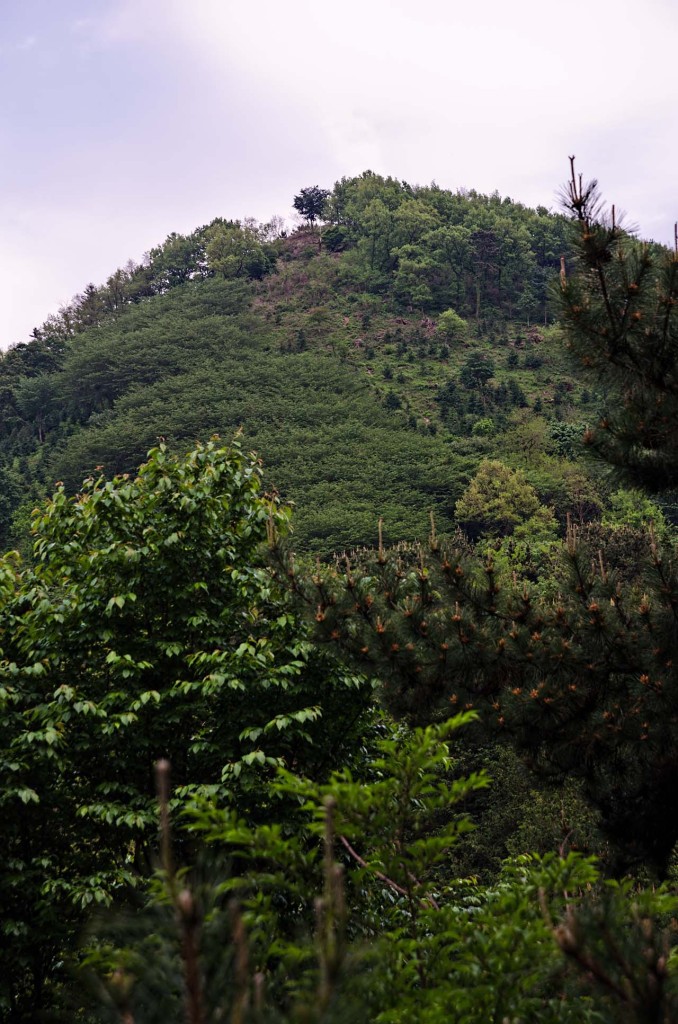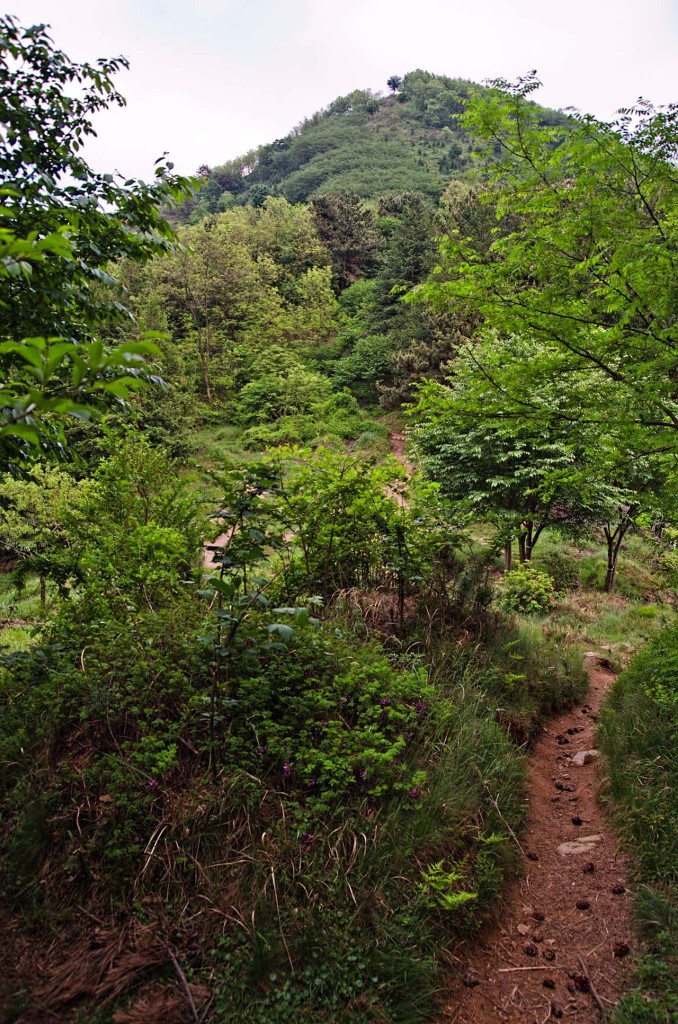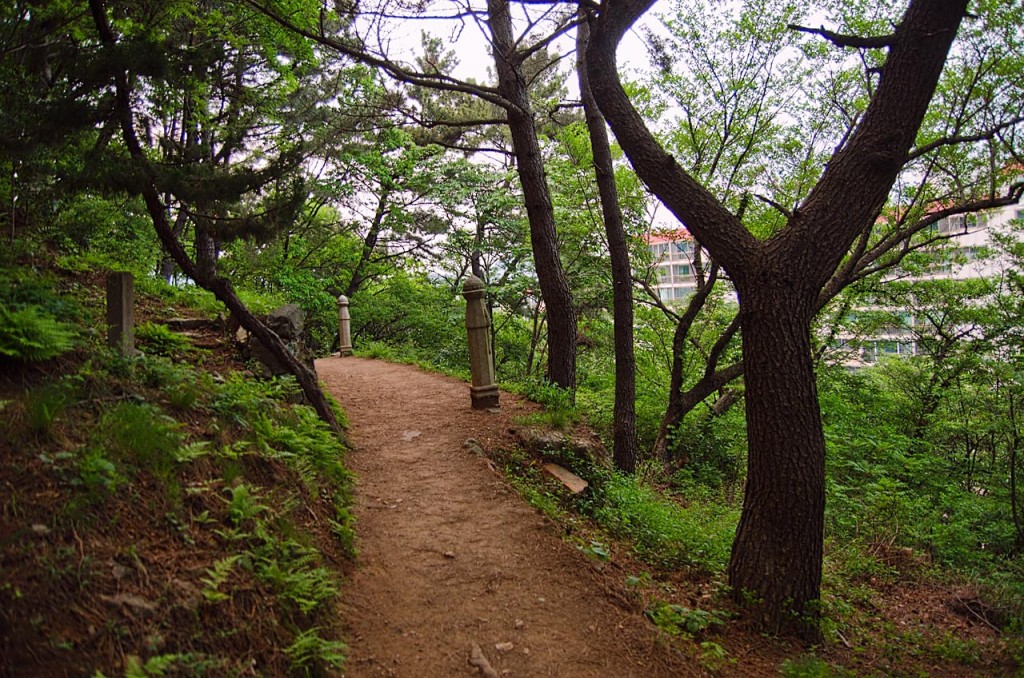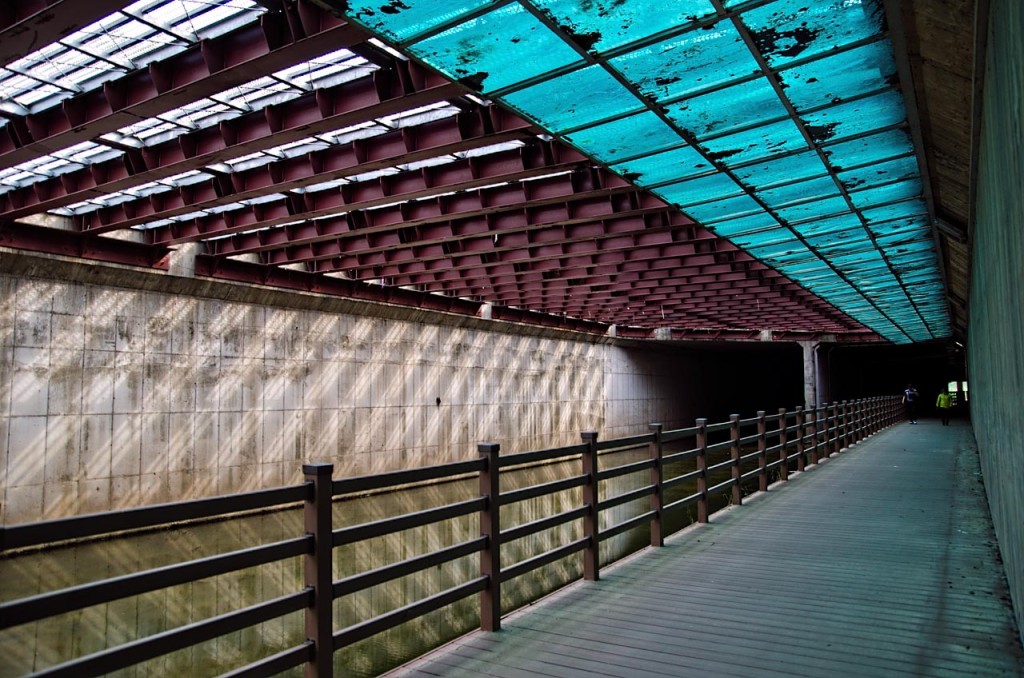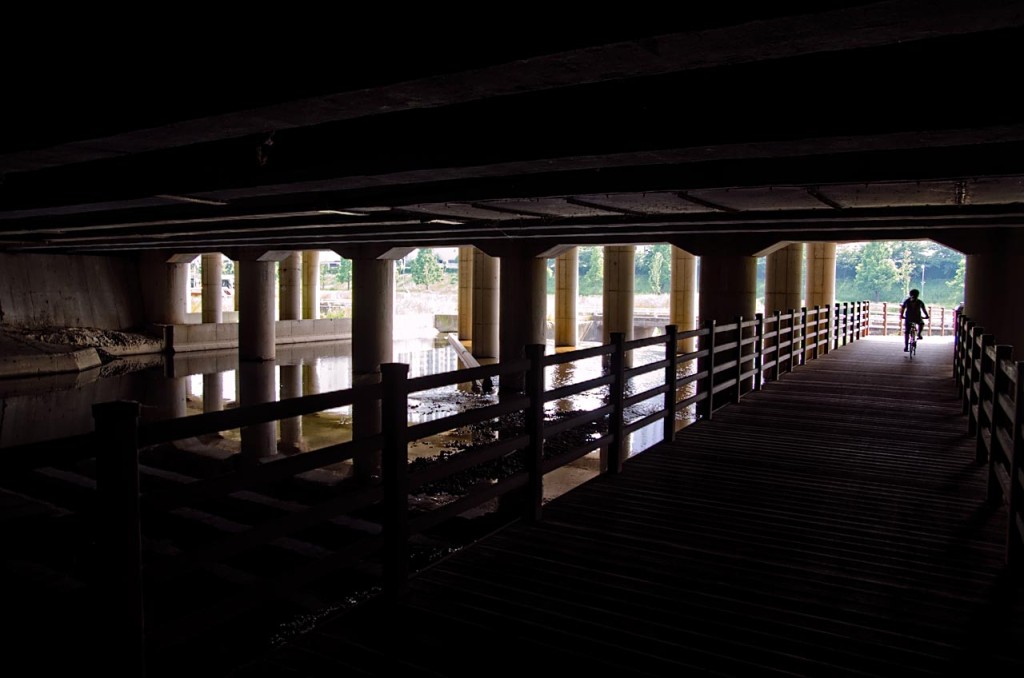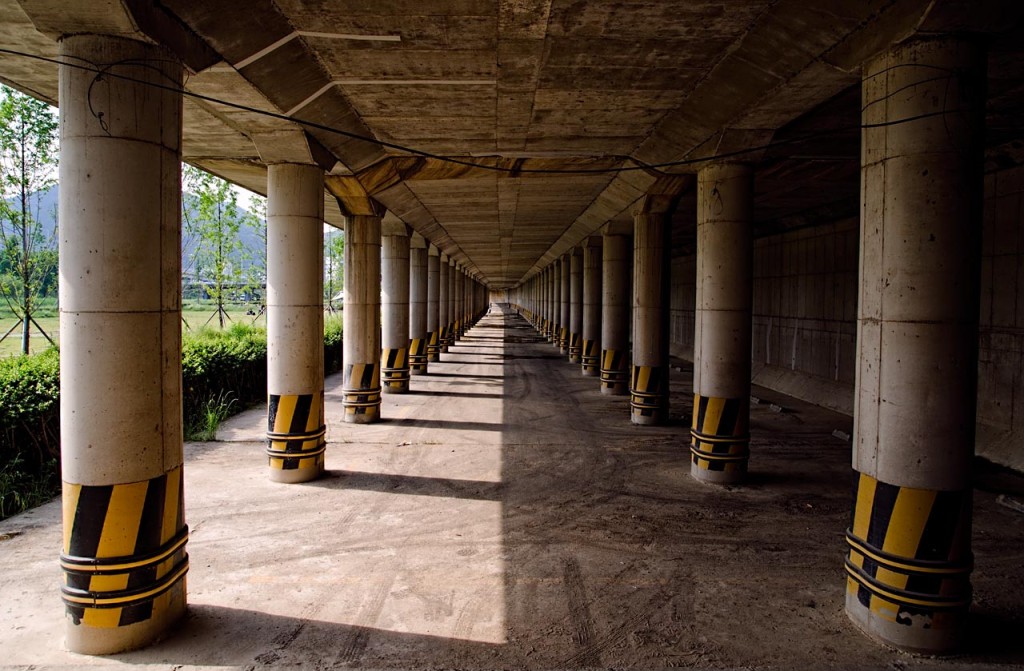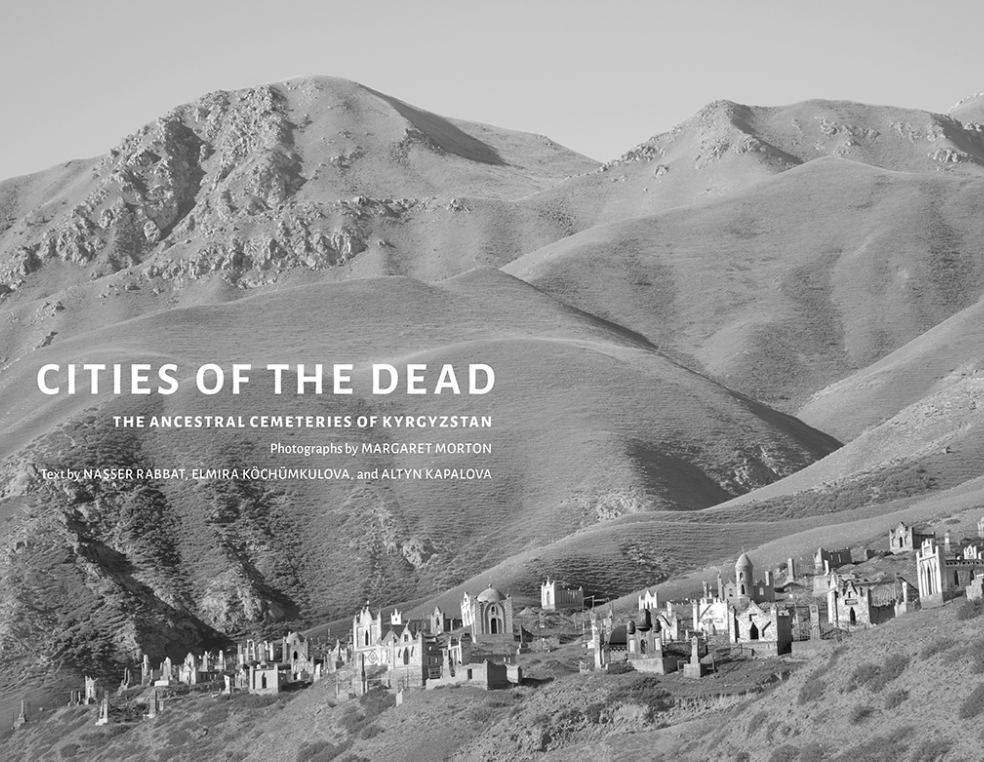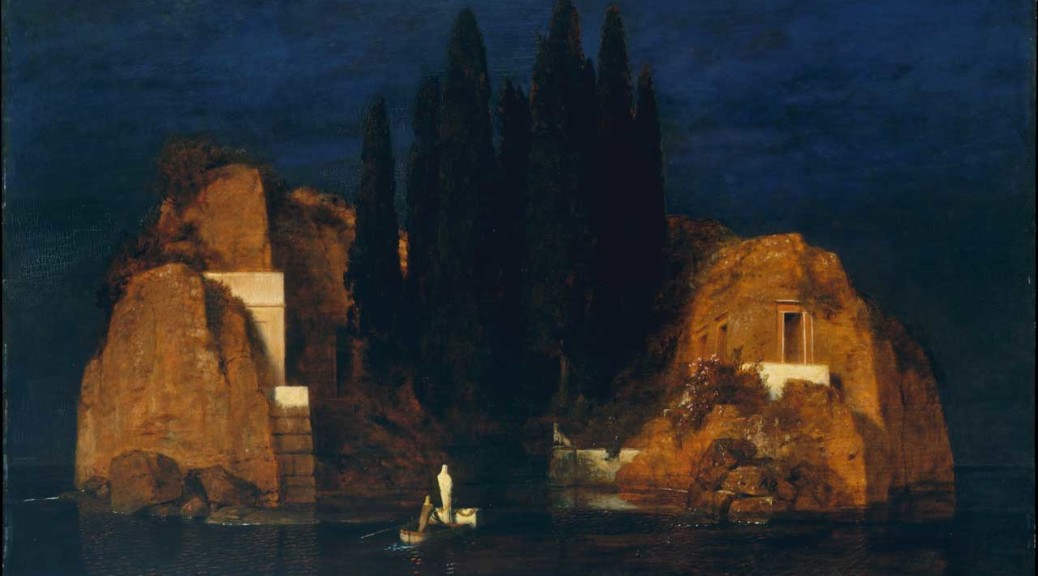
Tag Archives: cemetery

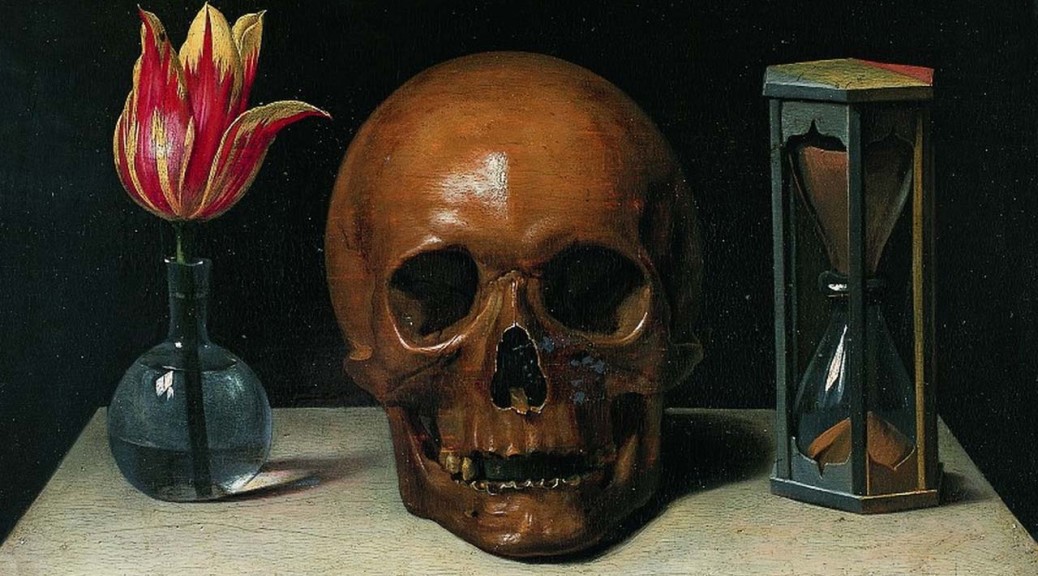
Et in Arcadia Ego

Et in Arcadia Ego. Guercino. 1618-22. Galleria Nazionale d’Arte Antica, Rome. Via wikimedia.
A memento mori at 3:38.

Nicholas Poussin, Et in Arcadia Ego, 1627. via wikipedia.
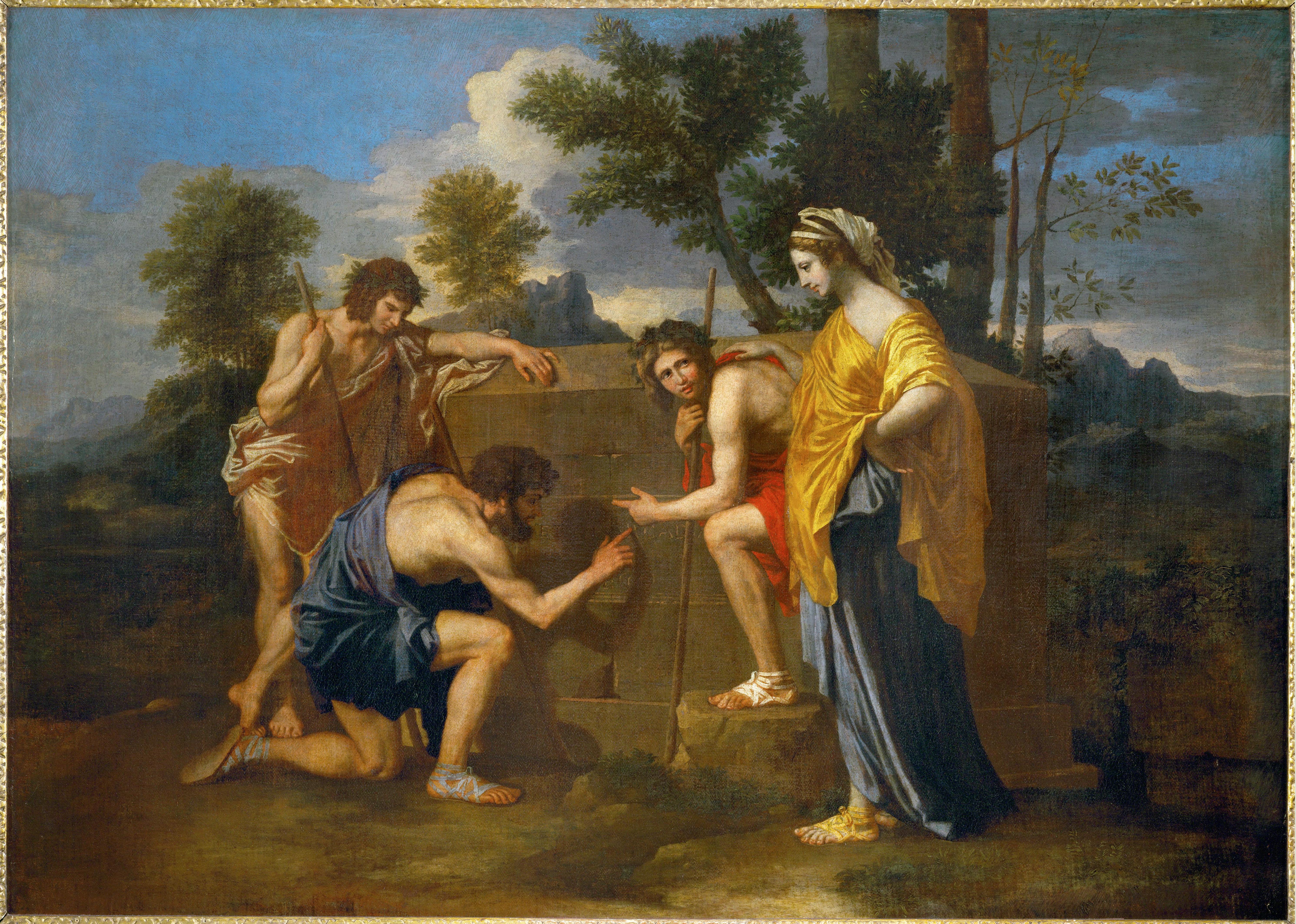
Nicolas Poussin. Et in Arcadia ego (1637-1638). Via wikimedia.
Interpretation of the phrase and paintings:
“The most important difference between the two versions is that in the latter version, one of the two shepherds recognizes the shadow of his companion on the tomb and circumscribes the silhouette with his finger. According to an ancient tradition (see Pliny the Elder, nat. Hist. XXXV 5, 15), this is the moment in which the art of painting is first discovered. Thus, the shepherd’s shadow is the first image in art history. But the shadow on the tomb is also a symbol of death (in the first version symbolized by a skull on the top of the tomb). The meaning of this highly intricate composition seems to be that, from prehistory onward, the discovery of art has been the creative response of humankind to the shocking discovery of mortality. Thus, death’s claim to rule even Arcadia is challenged by art […] In the face of death, art’s duty—indeed, her raison d’être—is to recall absent loved ones, console anxieties, evoke and reconcile conflicting emotions, surmount isolation, and facilitate the expression of the unutterable.” * Wikipedia.
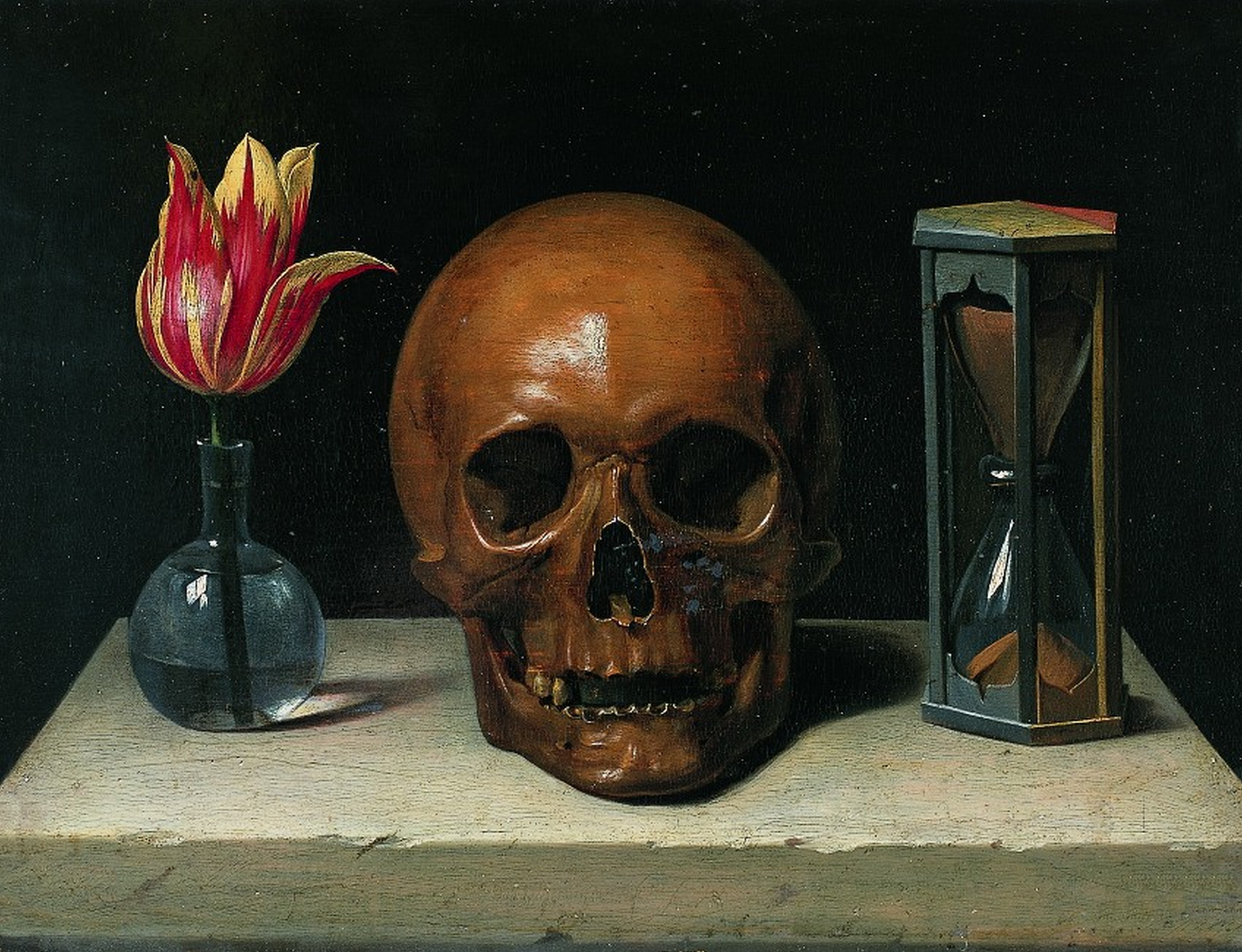
Philippe de Champaigne. Vanitas (c. 1671) Life, Death, and Time.
See memento mori and vanitas.
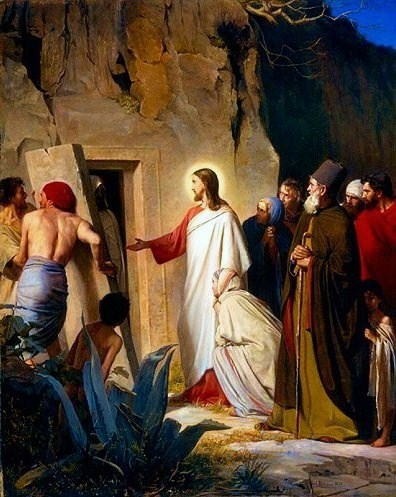
Raising Lazarus, Oil on Copper Plate, 1875, Carl Heinrich Bloch. Via wikimedia.
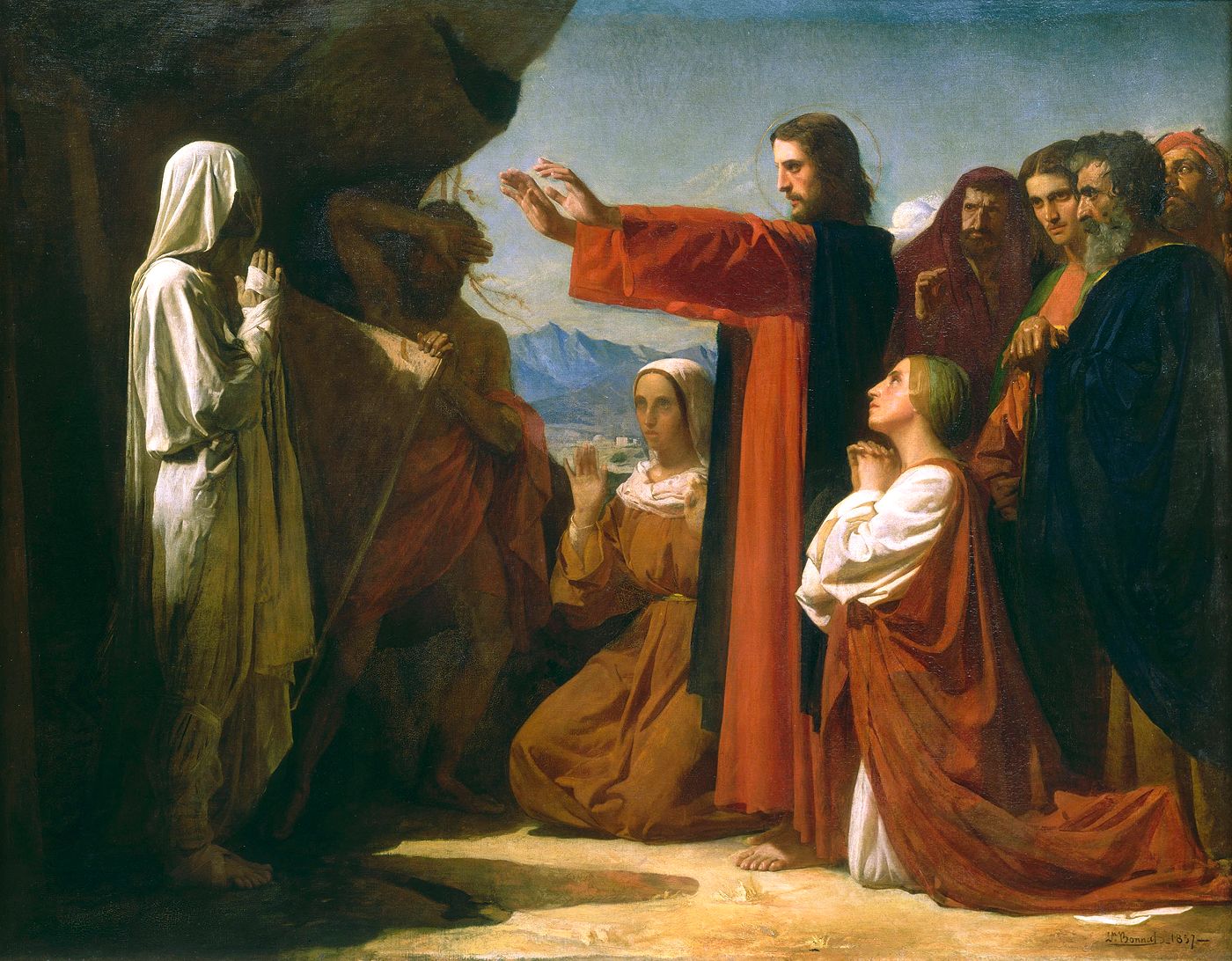
The Raising of Lazarus, 1857, Léon Joseph Florentin Bonnat. Via wikimedia.
See Ecologues of Virgil.
See Erwin Panofsky
See Web Gallery of Art.
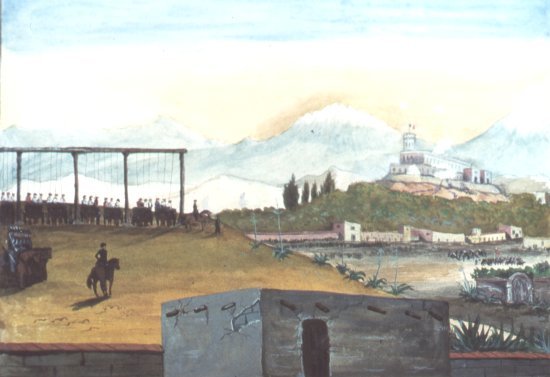
The mass hanging of San Patricios via wikimedia.
Read Samuel Chamberlain‘s My Confession: Recollections of a Rogue.
—–
Et In Arcadia Ego is the name the Judge has given to his rifle in Blood Meridian. In the book, the Judge copies and destroys an ancient rock painting he finds while crossing the desert.
——
On the origin of painting and drawing through shadow. Blog.
——
*the source of the interpretation doesn’t appear in Wikipedia unless it comes from the German book Picasso und die christliche Ikonographie. Mutterbeziehung und künstliches Selbstverständnis (2003) by . (Picasso and the Christian iconography. Mother relationship and artificial self-image).
Catacumbas en Los Andes
Last night we were filming at an old elementary school near Munhyeon. I guess it was built in the decade after the war. It looked like a hoarder of cardboard squatted there. There were bundles of cardboard everywhere. One of the PAs told me the school had been abandoned for about a decade in the 60s or 70s. A lot of things were hidden under black dust covers. As we were shooting in the small atrium, I heard unusual noises. I walked down a dark hallway and entered the classroom from where I thought the noises were coming from. The classroom was empty except for chairs and desks. The noises seemed to be coming from the ceiling. Water pipes most likely.
—
I leave the location after 11 to catch the train home. Once in bed I fall asleep quickly. I am back in a boulder field in the Andes, with the laguna behind me. I meet my oldest brother and he makes a remark that upsets me. I sit and wait and look towards La Posada. My old dad appears and then we’re in his taller (the one he had by the big window before the one he built by the white higuera). He asks me to follow him to the backyard. The old adobe walls are now brick and elaborate. They remind me of the columbarium walls of Cementerio General. White squids hang to dry like sad socks beneath red brick Gothic arches. There’s a staircase, and he tells me there’s treasure if I follow it down to the catacombs. I wake up con corazon pesado. Outside is drizzling and gray.

mine bones
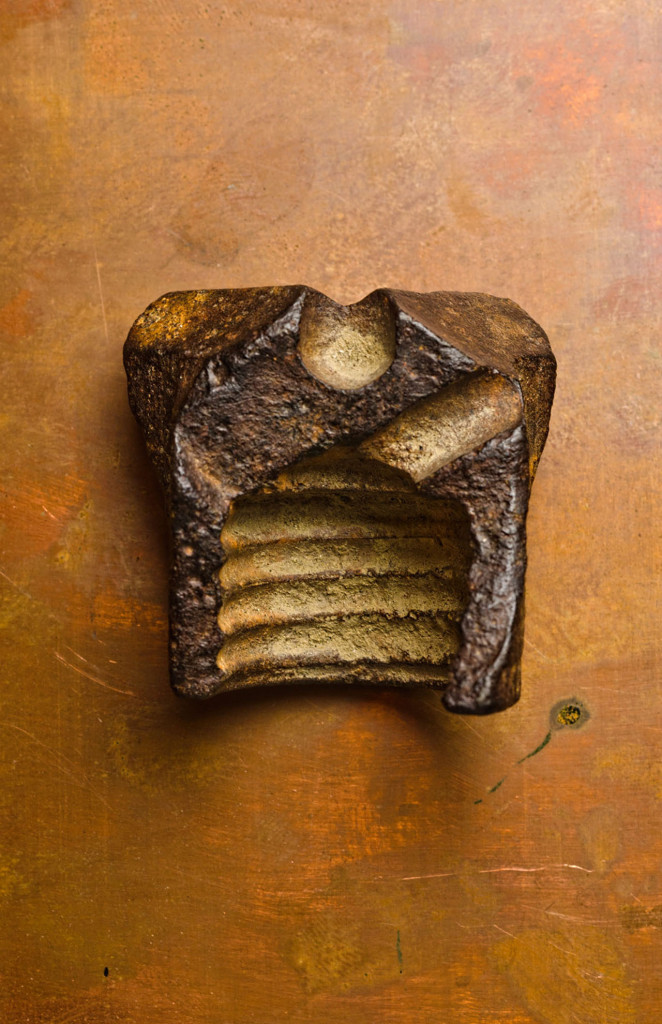 Broken mine drill bit.
Broken mine drill bit.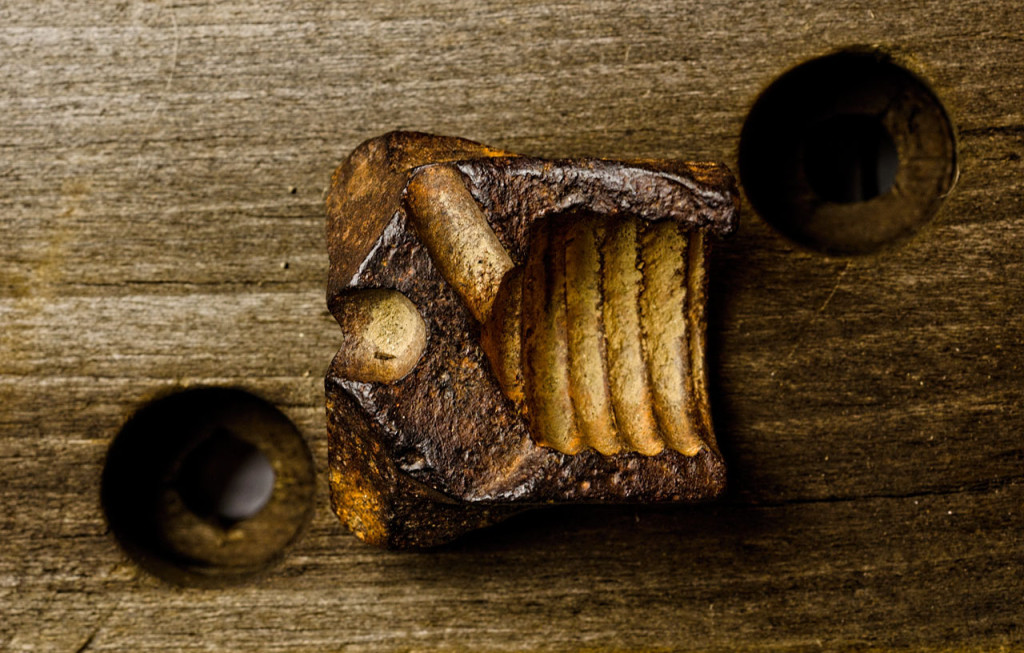
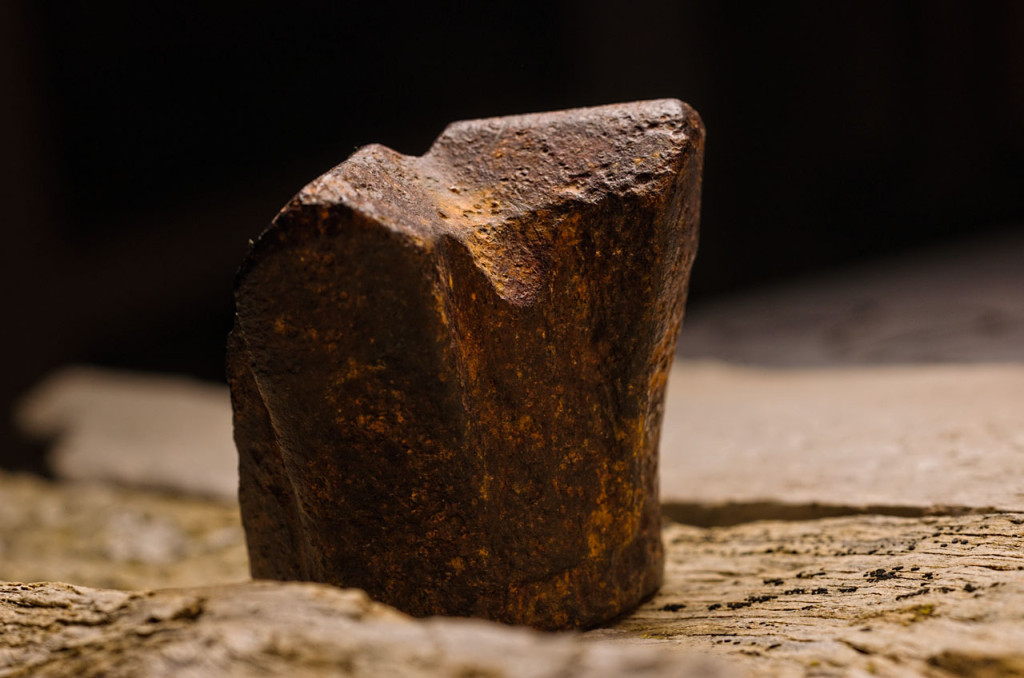
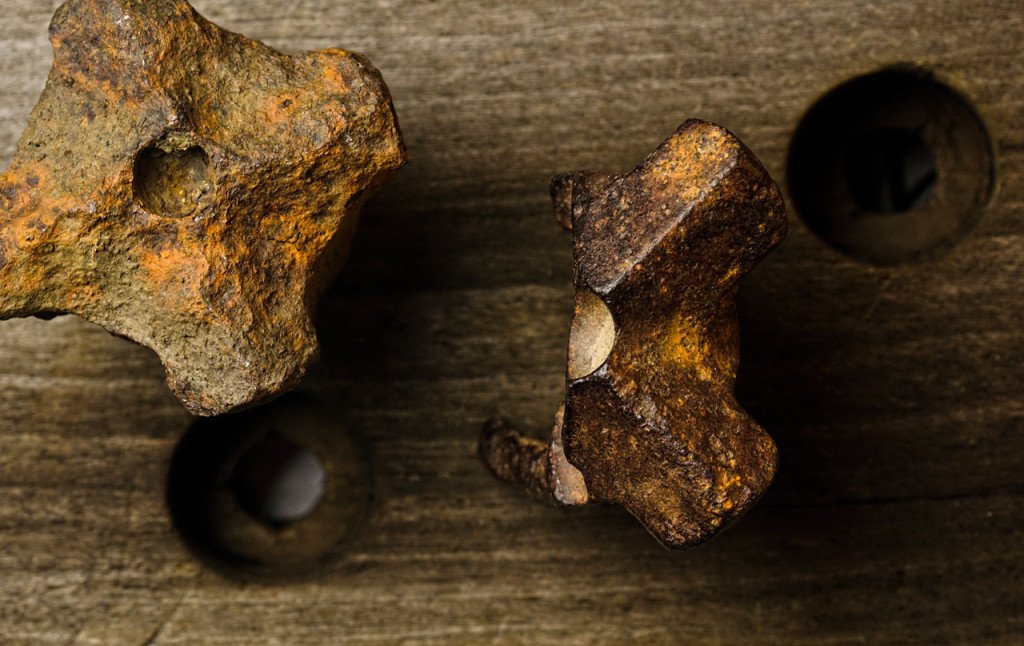
 Tags from a coal mine.
Tags from a coal mine. 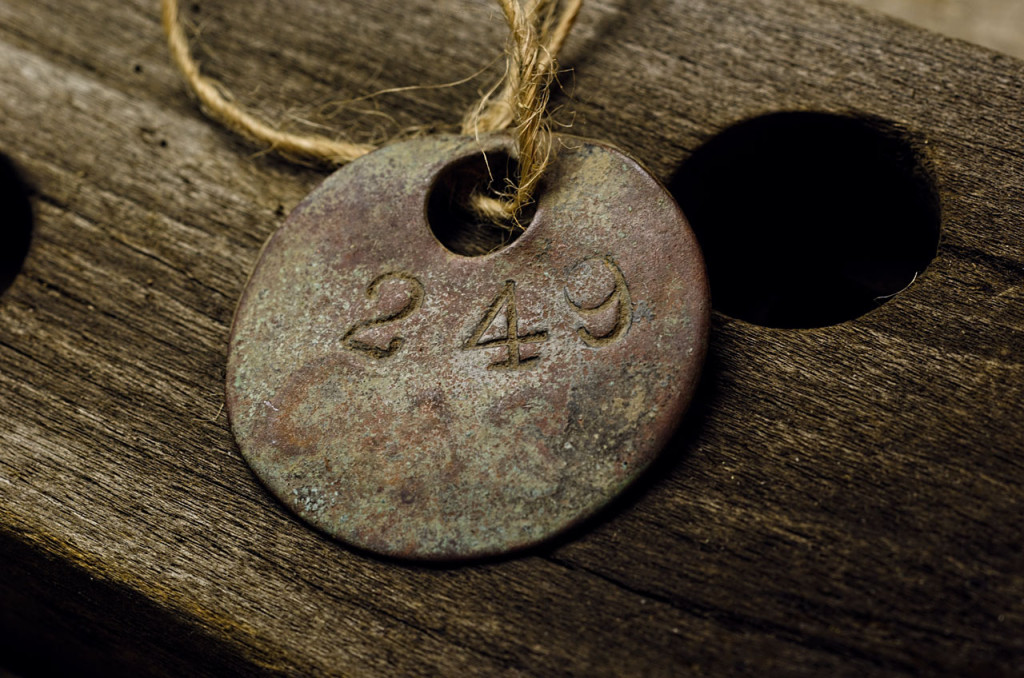

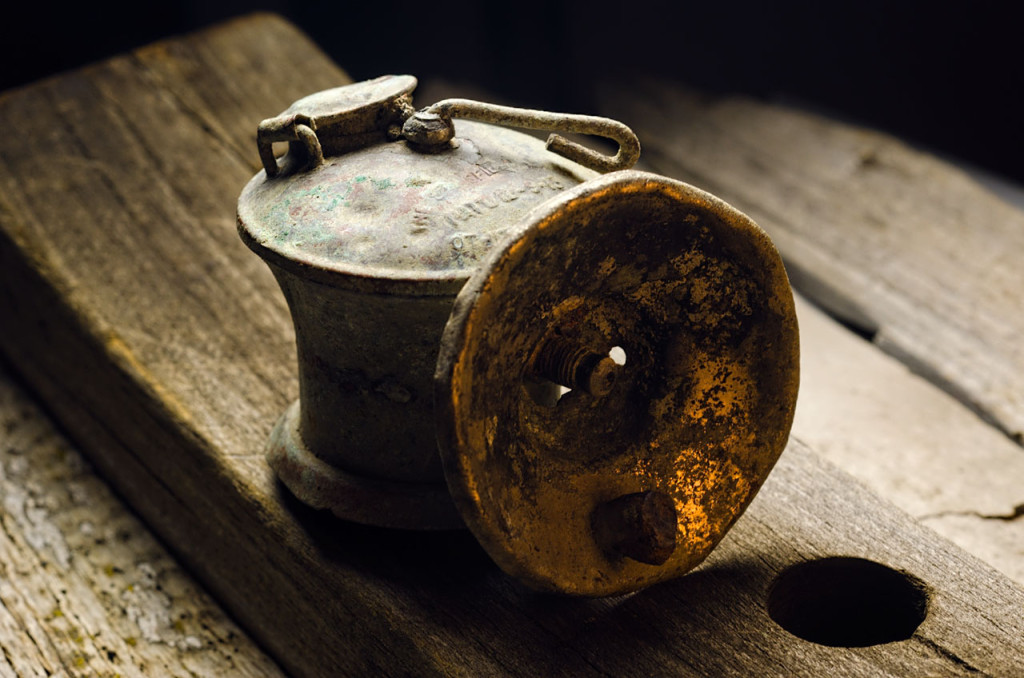 Upper chamber of a carbide lamp.
Upper chamber of a carbide lamp.
see Cataphile
See the Catacombs of Paris
See the Mines of Paris
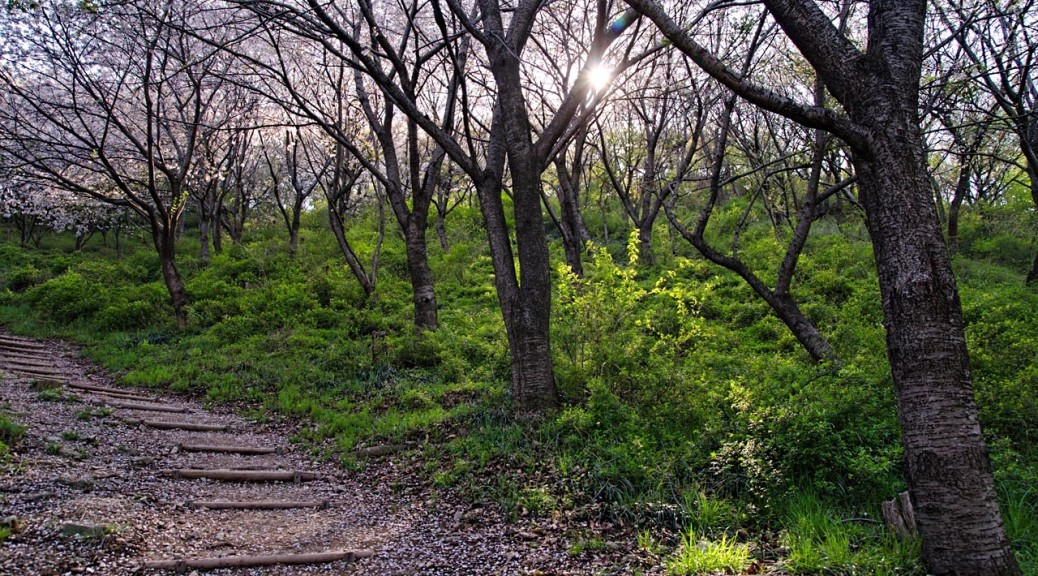
baesan – cemetery hill – gobun (i)
the cities of the dead of kyrgyzstan
cerberus
dream
I speak to old classmates. We talk about my upcoming bday. I show them a slideshow of photos from a long train trip.
Now we’re on a train. We pass a cemetery. I point it out.
The main gate of the cemetery sticks out from the forest like the doors to Jurassic Park.
Behind the cemetery a city of blue and dark blue skyscrapers.
I say “El Cementerio General.” Of what city? Santiago? There are houses near the entrance. The houses are walled with white adobe like a huaso pobre’s hacienda.The walls stand shoulder high. There’s a tall ancient oak tree with roots clawing the ground like a mangrove. We see four figures loitering outside the closed hacienda’s gate. They have long, thick necks and mullets. They’re anthropomorphic hyenas.
A few of us get off the train and approach the creatures for a quick picture. The place is humid like June in Ithaca. The hyenas appear to be small men dressed in costumes, walking on two legs and grumbling. They scramble away through a hole under the hacienda’s gate. Rising from behind the wall, two columns painted with red, green and yellow Buddhist motifs. The columns hold a Korean temple-style roof. The hyenas stick their head out from a gap on the wooden gate. The three or four heads seem to belong to one body like the guardian dog of Hades.
Before we can get close to the hyenas we’re intercepted by two nuns with black veils and habits. As they approach us, an arrow flies in front of the older nun. We look up and see four or five metalhead youths on the second floor of an a-frame house. Their terrace extends to the branches of the oak tree. The teens have long black hair and lounge about on sofas and bean sacks. Some sport black iron maiden tshirts and ripped jeans. The mother nuns reprimands them. She turns to us. She’s ancient, small and fierce. The nun looks at the first one of us. She says to him “Ud. es perfecto.” and touches his arm. To the next guy she says, “Ud. esta gordito. Mire, su polera le queda chica.” The guy’s belly bulges and sags over his waist como un saco de harina blanca. I’m nervous. I don’t want to be made fun of. She looks at me and says “Necesita un poco mas de trabajo”. Then moves onto the last guy. To him she says “Esta muy flaco.” I wake up.

gustave dore via wikipedia
